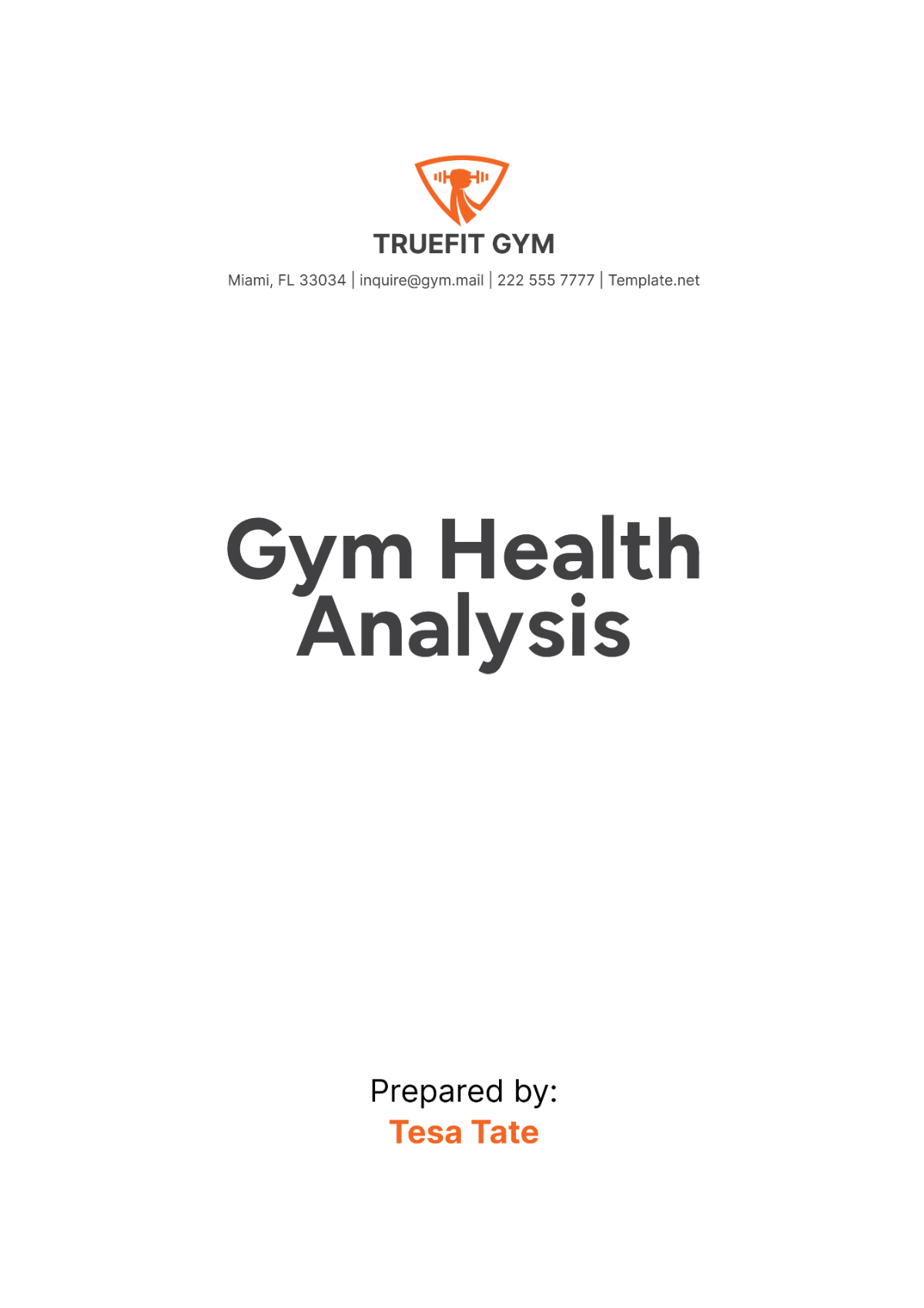Free Gym Health Analysis
Monitor and enhance health standards with the Gym Health Analysis Template! This customizable template from Template.net is designed to provide a thorough assessment of health-related aspects in your gym. Its editable format ensures flexibility in tailoring the analysis to specific needs. Use the AI Editor Tool to generate easily now!






























